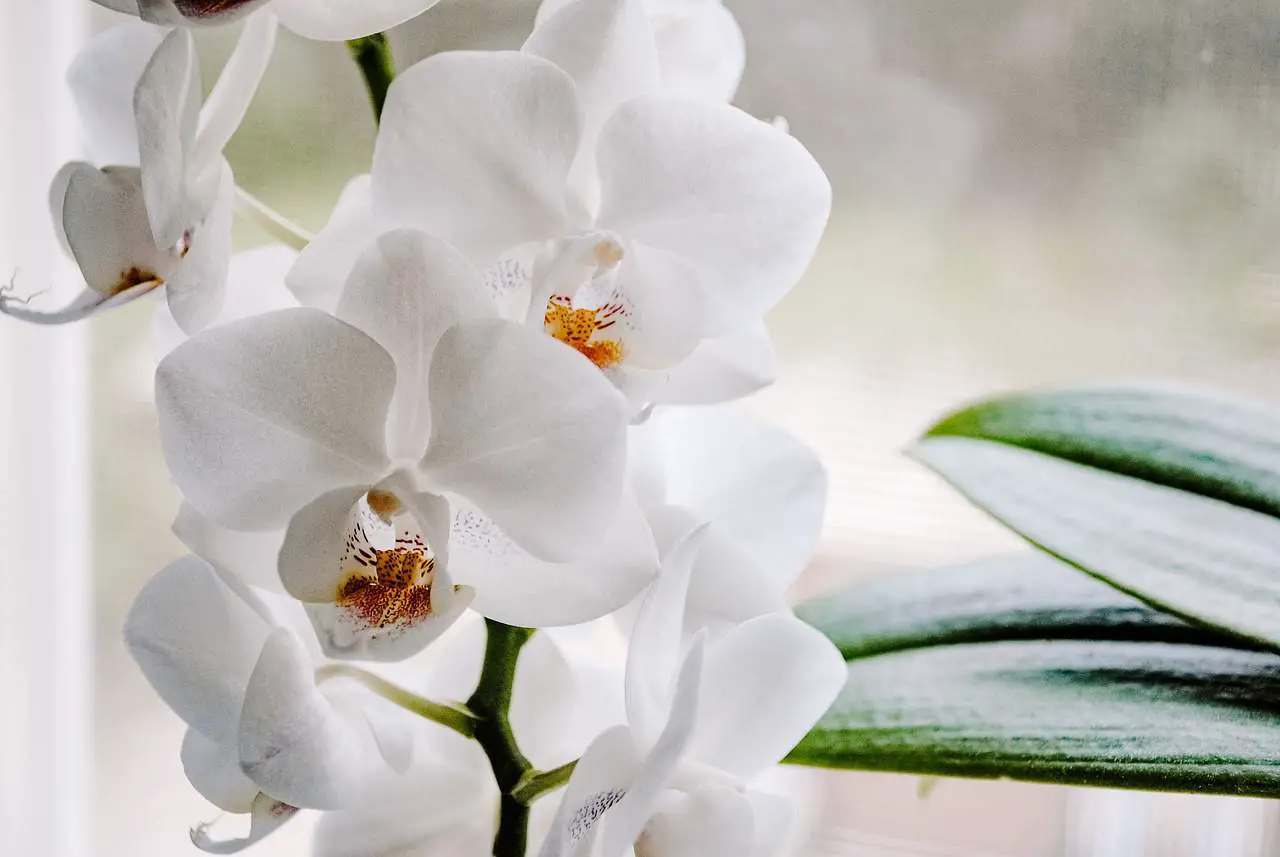Orchids are beautiful and unique flowers that come in a variety of shapes, colors, and sizes. One of the most rewarding experiences of growing orchids is seeing them bloom. However, many orchid enthusiasts find themselves struggling to get their orchids to bloom. Thankfully, it is possible to induce new spike growth and get your orchid to bloom again. In this guide, we will provide you with tips and tricks to help you make your orchid bloom.

Understanding Your Orchid’s Blooming Cycle
Before we delve into the different ways to help your orchid bloom, it is essential to understand the blooming cycle of orchids. Unlike annuals or perennials, orchids are not in a constant state of growth and blooming. Instead, they have periods of active growth followed by periods of rest. During the rest period, orchids will not produce new growth or blooms, and their leaves may even begin to yellow and wither.
Understanding this cycle is essential because it helps determine when to induce new spike growth. Typically, most orchids go through a rest period and a growth spurt before blooming. During the growth spurt, your orchid will put out new leaves and roots to prepare for the blooming period. Your orchid will then produce a spike, which will eventually grow buds, and your orchid will bloom.
The Importance of Proper Care and Nutrition
One of the most important factors in getting your orchid to bloom is taking care of it properly. Proper nutrition, light, and water are essential for healthy growth, which leads to blooming.
Fertilizing your orchid is the easiest way to provide the necessary nutrients. However, you need to make sure you do it at the right time and in the right amounts. Typically, you should fertilize your orchid during its growth spurt, which is right after its rest period. Fertilize your orchid with a balanced orchid fertilizer once a week for optimal results.
Watering your orchid is also crucial for growth and blooming. Orchids prefer to be kept moist but not soaked. Overwatering can lead to root rot, which can kill your orchid. Make sure to use well-draining soil and let your orchid dry out slightly between waterings.
Preparing Your Orchid for a New Spike
The first step in getting your orchid to bloom is to prepare it for a new spike. Orchids need to be in the right environment to produce a new spike. This includes having the right pot and medium, light, and water.
Choosing the right pot and medium is crucial to provide enough stability for the plant. Most orchids prefer to be in a pot that is slightly smaller than their root system, as it provides a snug and stable environment. Additionally, orchids rely on their roots to absorb nutrients and water, so choosing the right potting medium is essential. Orchids need a medium that drains well while retaining moisture, such as bark, sphagnum moss, or a combination of both.
Providing adequate light is another critical factor. Many orchids prefer bright, indirect sunlight. Still, there are many different types of orchids, and some prefer low light or filtered light. You need to study the specific needs of your orchid before choosing a location to place it.
Lastly, water your orchid properly. Orchids need to be watered correctly to produce a new spike. Overwatering can cause root rot, while under-watering can cause dehydration. Water your orchid consistently and let the soil dry out slightly between waterings.

Stimulating a New Spike Growth
Now that you have your orchid in the right environment, it’s time to stimulate new spike growth. There are various ways to get your orchid to produce a new spike, including fertilizer techniques and temperature/humidity control.
Fertilizing Techniques and Timing
To induce new spike growth in your orchid, you need to adjust your fertilizer regimen. Orchids prefer balanced fertilizers that provide nitrogen, phosphorus, and potassium. Typically, orchid enthusiasts recommend fertilizing once a week during the growth spurt. However, there are specific fertilizers that can help induce new spike growth, such as a high phosphorus fertilizer.
If you want to try using a high-phosphorus fertilizer, switch to it during your orchid’s growth spurt. Once your orchid has produced a spike, reduce your phosphorus intake and switch back to a balanced fertilizer. This method can be effective but should only be used occasionally, as too much phosphorus can harm your orchid.
Temperature and Humidity Control
Orchids are sensitive to both temperature and humidity. Particularly, they thrive in warm, humid environments. If your orchid is not producing a new spike, you may need to adjust the temperature and humidity in your home.
To stimulate new spike growth, keep your orchid in a warm, humid location. You can achieve this by placing a tray of water near your orchid or by using a humidifier. Additionally, make sure to keep your orchid away from cold drafts and air conditioning units, as this can cause stress and prevent blooming.
Growing orchids can be both rewarding and challenging. Getting your orchid to bloom requires patience and effort, but the results are stunning. Remember to provide your orchid with proper care, nutrition, and light. Additionally, stimulate new spike growth by adjusting your fertilizer regimen and controlling temperature and humidity. With these tips, you can help your orchid bloom time and time again.

